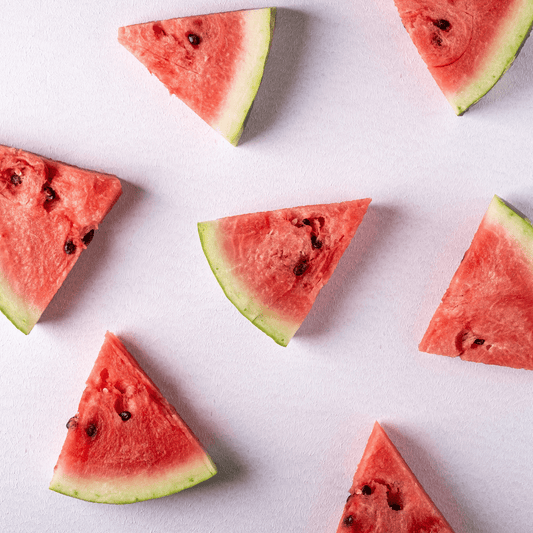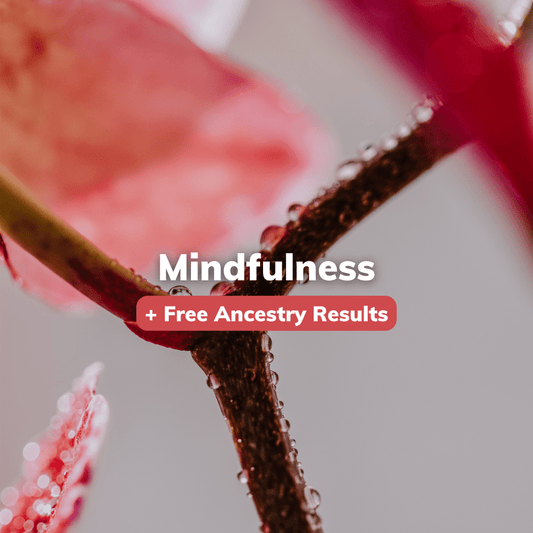
Why do we celebrate Heritage Day?
BioCertica Content TeamHeritage Day on 24 September recognises and celebrates the cultural wealth of our nation. South Africans celebrate the day by remembering the cultural heritage of the many cultures that make up the population of South Africa. People stage various events throughout the country to commemorate this day.
South Africa is a uniquely beautiful country with a rich history that has shaped our nation. A history that has defined the genetic data passed onto future generations, the genetic legacies of the current populations of South Africans.
Brief history on why we celebrate Heritage Day in South Africa
The Dutch East India Company established Cape Town as a refreshment station for their ships en route to and from the East in 1652. This establishment bought Dutch settlers to South Africa and enslaved people from the East Coast of Africa, India, Madagascar, Sri Lanka, and the Indonesian Archipelago. These enslaved people served as the major labor force at the Cape, following failed attempts to enslave the indigenous Khoisan people. However, most enslaved people were Cape-born and had mixed parentage due to the mixed relations among early White settlers, the Khoisan, enslaved people, and Bantu-speaking people. This history has driven so much genetic diversity in South Africa [1], [2].
PS. Get your Ancestry results for free when you purchase any of our DNA kits
South African Coloured population
The resulting population of mixed unions is known as the South African Coloured (SAC) population. Quintana-Murci, et al. (2010) investigated the gender-based influence of these ancestries using mitochondrial DNA (mtDNA), which is inherited through the maternal line and DNA from the non-recombinant Y chromosome (NRY), which is inherited through the male line. The most surprising discovery of this study was that more than 60% of the maternal contribution to SAC is from the Khoisan population. Additionally, there is an almost negligible maternal contribution of Europeans with respect to their paternal counterparts. The genetic results directly reflect the cultural normalities during the period of colonization of South Africa. During this time, a shortage of European women led to European men commonly marrying enslaved women, and many of these enslaved women were granted their freedom. Conversely, unions between autochthonous African men or Southeast Asian enslaved men and European women were not tolerated[2].
Cape Malay
In addition to the enslaved people, the Cape also received convicts and political exiles, mainly from Indonesia, including Muslim clerics. These individuals, known as the Vryezwarten or Free Blacks, played a significant role in spreading the Islamic faith as they were well-schooled in Islam and converted many of the enslaved people. The Dutch encouraged this in response to the Placaaten law that prevented the sale of baptized enslaved Christians. By 1840, a third of the total Colony population consisted of Muslims, a cohesive group later known as Cape Malay. An investigation into the parental lineages of the Cape Malay population using mtDNA and NRY DNA showed that the maternal lines of the Cape Malay population are mostly from Asian (41.68%) and African (40.05%) ancestry. The remaining contribution is from European origin. On the other hand, the paternal line showed a predominance of Asian contribution with 78.52% [1].
Lemba
The Lemba are a southern African Bantu-speaking population of Jewish ancestry. According to oral history, Lemba's ancestors are believed to have come from a huge town across the seas, where there were many craftsmen in metalwork, pottery, textiles, and shipbuilding. They came to southern Africa through trade and tended to leave behind men with unsold cargo, establishing posts on the coast and further inland. When news came that an enemy had taken their hometown, and they could not return, they began taking local wives. The different trading posts marked the establishment of the clans known today. A 1996 paper used genetic markers on the Y chromosome, such as the p12F2 gene to support the the Lemba oral tradition, as the genetic data suggests that half the Y chromosomes are Semitic in origin [3]. However, later studies do not necessarily support this research [4].
Afrikaners
The most dominant contribution to the Afrikaner population came from European immigrants. Based on genealogical research, contributions to the Afrikaner population include 34–37% Dutch, 27–34% German, and 13–26% French. In addition to this, Afrikaner populations also have a non-European fraction of genes estimated to be 4.7% on average. Further investigation of the non-European portion of the Afrikaner genome revealed that 3.4% of this comes from the enslaved populations bought to the Cape. Specifically, 2.6% is contributed from South and East Asians. The remaining non-European genes come from the Khoisan population, which is estimated to be 1.3% [5].

Let's face it; your genetics don't make you a South African. What makes you a South African is the sheer force with which you boom out "Nkosi sikelel' iAfrika" as the Springboks or Bafana Bafana take to the field. The bliss you feel in your heart as the clouds drape over Table Mountain. It knows the sounds of a hadeda and a hooting taxi. Ensuring staples of your diet include Milo, Nik Naks, sarmies, and biltong. Associating "robot" with a traffic light and not R2-D2. And, of course, greeting your chinas with ‘howzit’. What makes us true South Africans is pride and unity as is reflected in the words: Sounds the call to come together and united we shall stand. Let us live and strive for freedom in South Africa, our land.
And that's why we celebrate Heritage Day in South Africa!
References
[1] S. Isaacs, T. Geduld-Ullah, and M. Benjeddou, “Reconstruction of major maternal and paternal lineages of the Cape Muslim population,” Genet. Mol. Biol., vol. 36, no. 2, p. 167, 2013.
[2] L. Quintana-Murci et al., “Strong Maternal Khoisan Contribution to the South African Coloured Population: A Case of Gender-Biased Admixture,” Am. J. Hum. Genet., vol. 86, no. 4, p. 611, Apr. 2010.
[3] A. B. Spurdle and T. Jenkins, “The origins of the Lemba ‘Black Jews’ of southern Africa: evidence from p12F2 and other Y-chromosome markers.,” Am. J. Hum. Genet., vol. 59, no. 5, p. 1126, 1996.
[4] H. Soodyall, “Lemba origins revisited: Tracing the ancestry of Y chromosomes in South African and Zimbabwean Lemba,” South African Med. J., vol. 103, no. 12, pp. 1009–1013, Oct. 2013.
[5] N. Hollfelder et al., “Patterns of African and Asian admixture in the Afrikaner population of South Africa,” BMC Biol., vol. 18, no. 1, pp. 1–13, Feb. 2020.
Written by: Jamie Fernandez, Content Specialist, B.Sc. in Genetics



